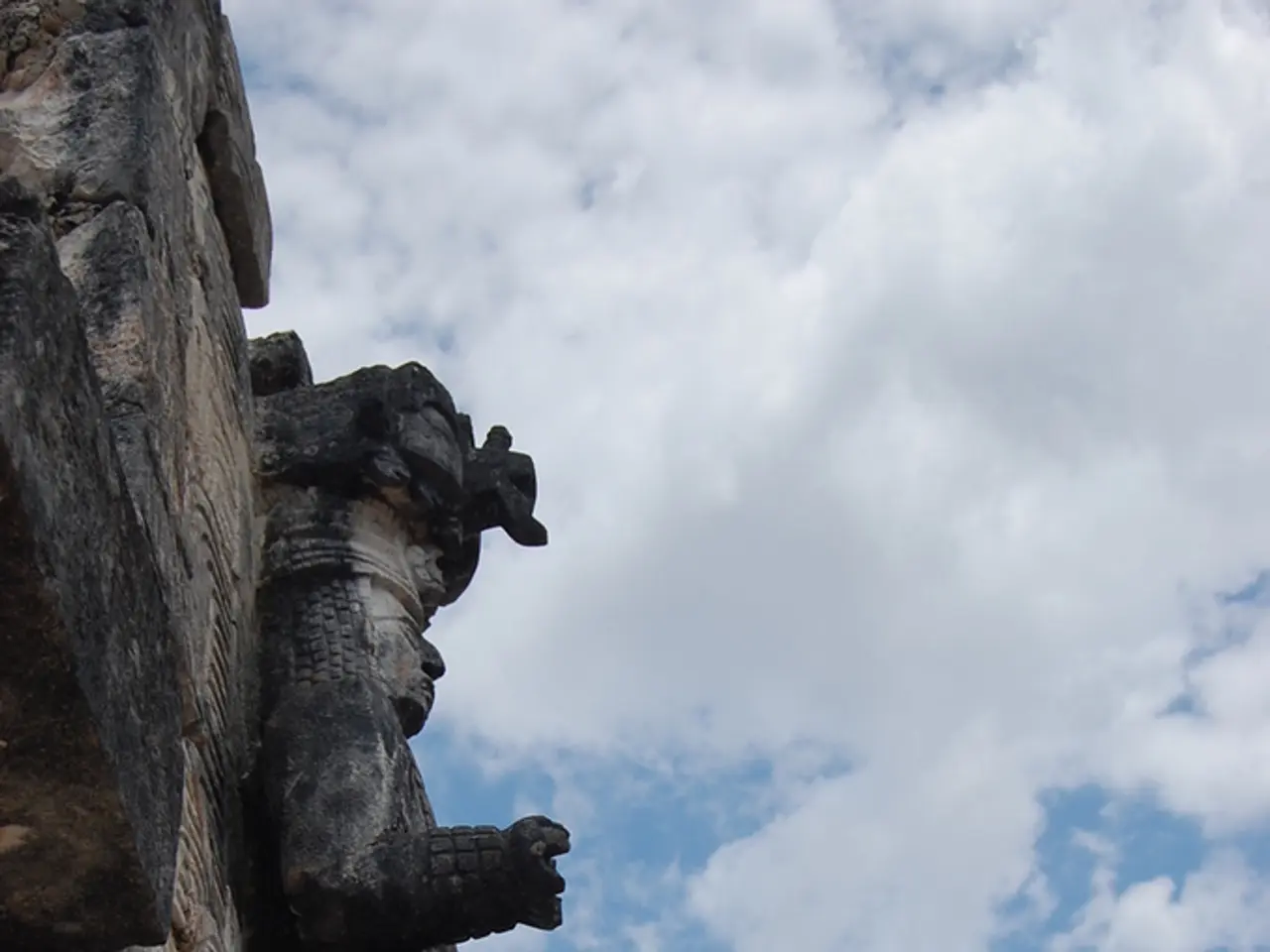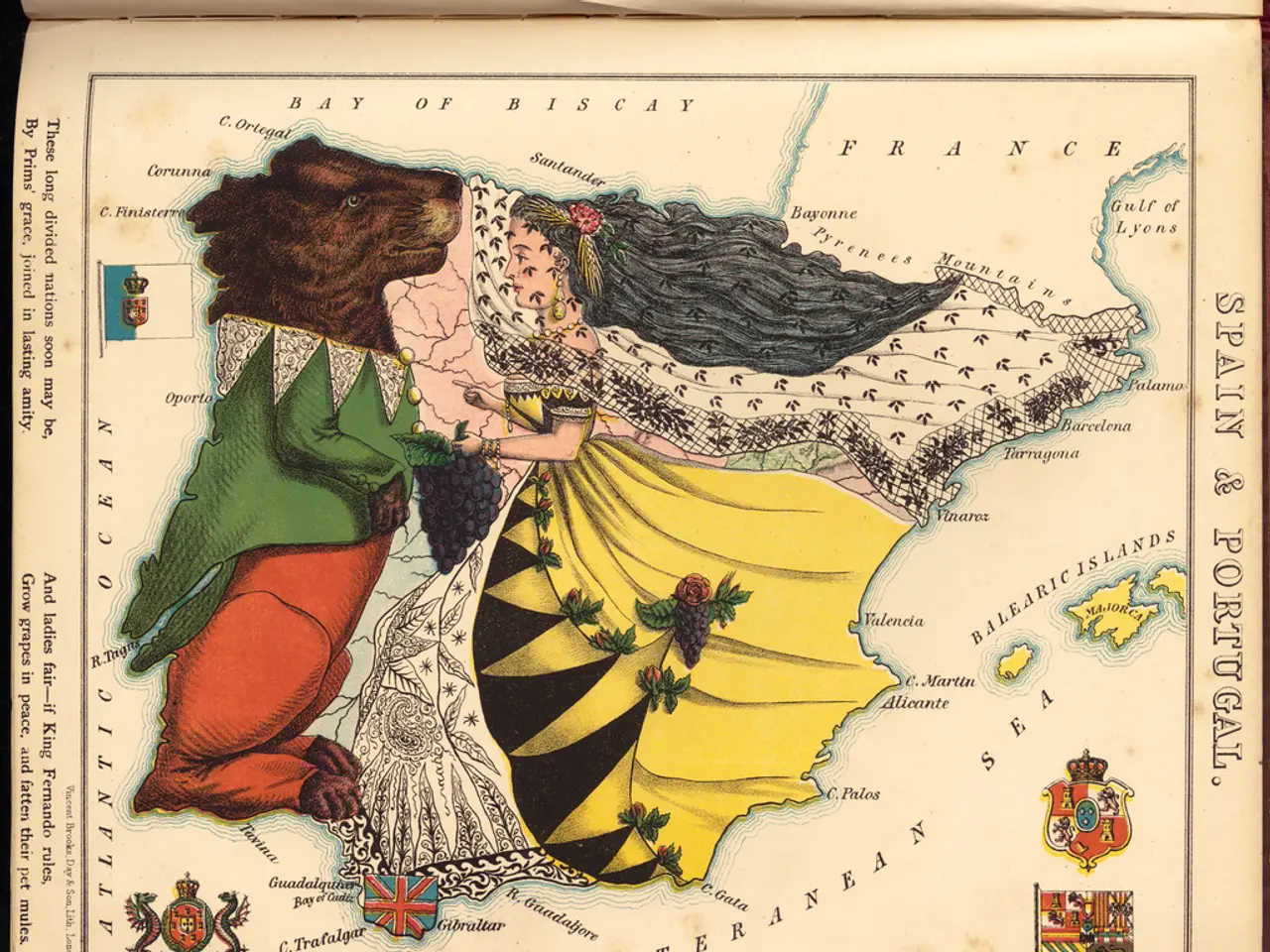Kazakhstan Celebrates Anniversaries of Two Famed Dombra Masters: Tattimbet and Dauletkerey
In the heart of Central Asia, Kazakhstan boasts a rich musical heritage that spans centuries, with two seminal figures, Tattimbet Kazangapuly and Dauletkerey Shygaiuly, leaving indelible marks on the traditional dombra music of the region.
Born in 1815, Tattimbet Kazangapuly, a master of the shertpe kui style, is renowned for his lyrical and melodic compositions, often played on two alternating strings. His music, steeped in a thoughtful, aristocratic expressiveness, reflects the resilience and emotional depth of Kazakh society during the turbulent 19th century under Russian colonization. The shertpe kui style, primarily prevalent in the central and southern regions of Kazakhstan, is a testament to Tattimbet's originality, talent, charm, refined taste, and sharp wit.
In contrast, Dauletkerey Shygaiuly, born in 1820 in western Kazakhstan, is associated with the tokpe kui genre, a style known for being more rhythmic, energetic, and upbeat. Tokpe kuis are traditionally performed in western Kazakhstan, and Dauletkerey's style is often described as introspective but belongs to this dynamic tokpe tradition. He left a rich and diverse legacy of around 40 kuis, each showcasing rhythmic-intonational complexes of European genres and echoes of Turkmen music.
The contrast between Dauletkerey's introspective style and the bold, heroic spirit of his contemporary Kurmangazy Sagyrbaiuly is a common comparison in Kazakh musical history. Dauletkerey, however, offers a more reflective voice within this vibrant genre, deeply inspired by the natural beauty of his homeland, the vast and poetic steppes of Saryarka. One of his notable kuis, "Kerogly" (translated as "Son of the Blind Man"), was composed during his visit to the Turkmen steppes and inspired by the "Koroglu" epic.
Both musicians' works are highly regarded as expressions of Kazakh cultural and historical identity, each highlighting distinct facets of the rich dombra tradition. Tattimbet Kazangapuly, known for his mastery of the shertpe kui style, composed over 40 kuis, each with its own distinct theme. His composition "Kokeykesti" (Pressing), written in his later years, became a profound reflection of the Kazakh people's spiritual depth and artistic heritage.
Dauletkerey Shygaiuly, on the other hand, received a classical Muslim education and was fluent in Arabic and Farsi, which drew him toward refined, expressive chamber music. Despite initially trying to govern local clans, he soon realized that power could harden the human spirit. His music, therefore, serves as a poignant reminder of the delicate balance between power and humanity.
These two musical titans, Tattimbet Kazangapuly and Dauletkerey Shygaiuly, continue to stand as symbols of Kazakh musical art, their legacies intertwined in the rich tapestry of Kazakh music history. Their works, each distinct in style and regional influence, serve as a testament to the diversity and depth of Kazakh musical heritage.
- The vibrant genre that Dauletkerey Shygaiuly belonged to, known as tokpe kui, is often characterized by its rhythmic, energetic, and upbeat nature, providing a refreshing contrast to the more lyrical and melodic compositions of Tattimbet Kazangapuly.
- In contrast to the refined, expressive chamber music that Dauletkerey Shygaiuly pursued due to his classical Muslim education, Tattimbet Kazangapuly's music, steeped in the thoughtful, aristocratic expressiveness of Kazakh society, offers a profound reflection of their cultural and historical identity through traditional dombra music.






